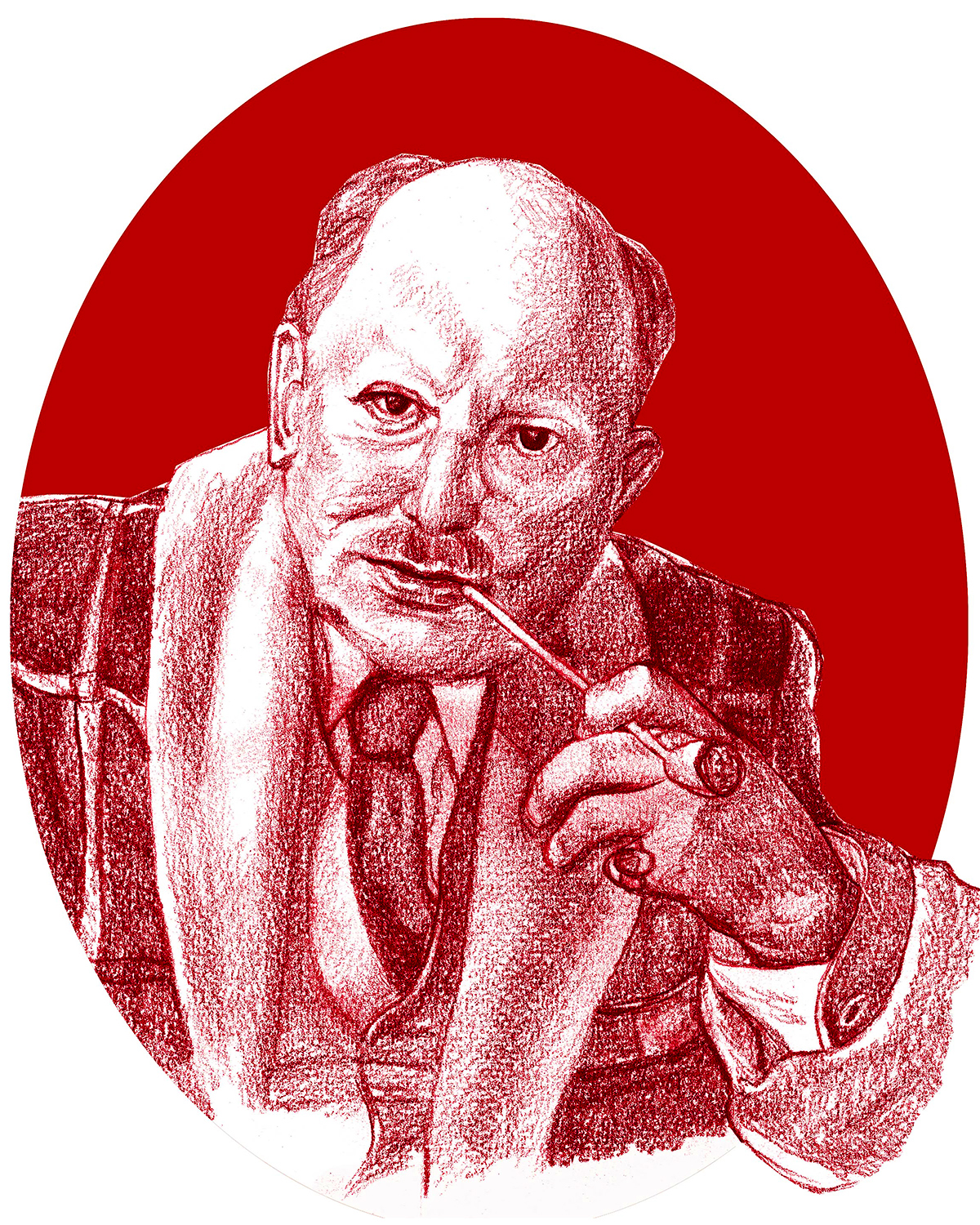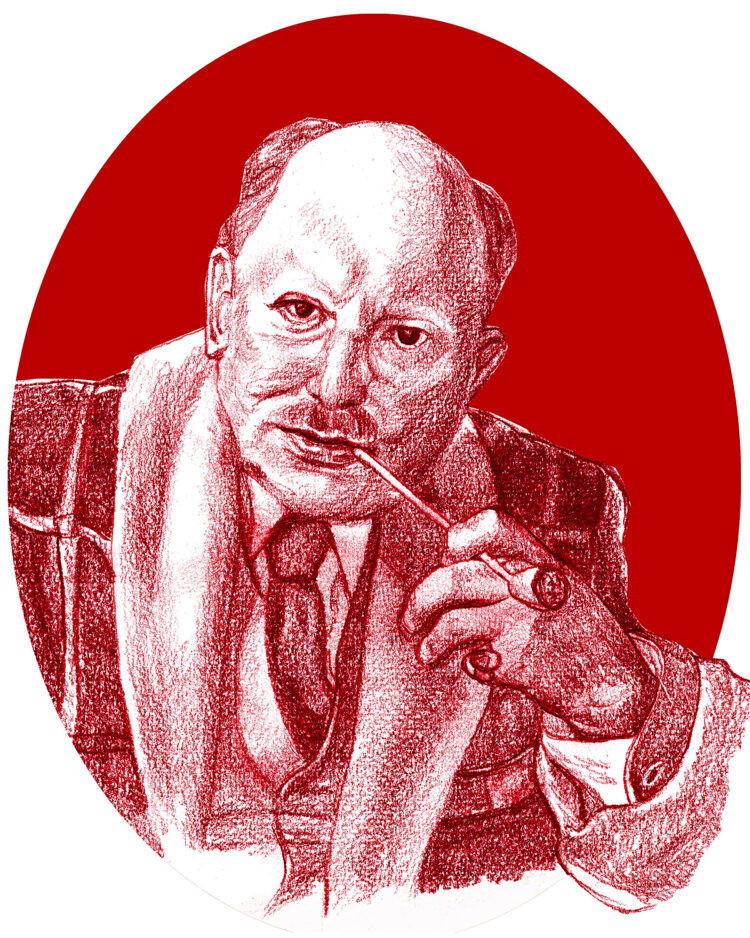(Ephesians 5:8)
Parents, leaders, and educators, we have a mission, a duty to lead children's souls toward the Light which will be their guide and their happiness. In order to illuminate the way that lies before each one of us, once a week we invite you to discover some of the words of certain wisemen and witnesses, measuring their worth by the words of St. Thomas Aquinas: “Do not consider the one who speaks, but whatever good you hear from him, confide it to your memory.” (from The Sixteen Ways to Acquire the Treasure of Knowledge by St. Thomas). Happy reading!

“Literary creation is the reward for an intense and profound interior life.”
Jean de La Varende (1887-1959)
Writer
“I’ve often spent time thinking about the shield of La Varende: the horseshoe, which is the central motif, seemed to me to be a symbol with several meanings. It suggests the ardent enthusiasm of the epic, and the winding paths of a man who traverses the countryside of his region, the fervent and patient quest of a vocation; I would easily speak of La Varende using the words Péguy uses for Descartes: “a French knight who started off at such a good pace…” However, in its venerable simplicity and its clean lines, the horseshoe could also represent the ancestral labor of artisans – and there is no break between the artisan’s task and the artist’s. All these elements are united in the work of La Varende by numerous and constant connections, to such a point that it is difficult and perhaps vain for those who study the theme of the Sea in the author’s works, to separate his depictions of heroism from those of the skilled work of the ship-builders. La Varende’s first works were dedicated to the Beaux-Arts; at heart, indissolubly united even in his literary style, he remains artist and artisan. (…) La Varende’s tastes sometimes carry him towards a sort of musical inspiration: take for example an appendix to the series entitled In the Spanish Style. There we find “Pavane for a Dead Princess,” which makes a subtle but surprising association between the music of Ravel and the paintings of Valasquez. (…) ”
J.B. Morvan (20th century)
Writer
In the same category « Teaching », also read :

